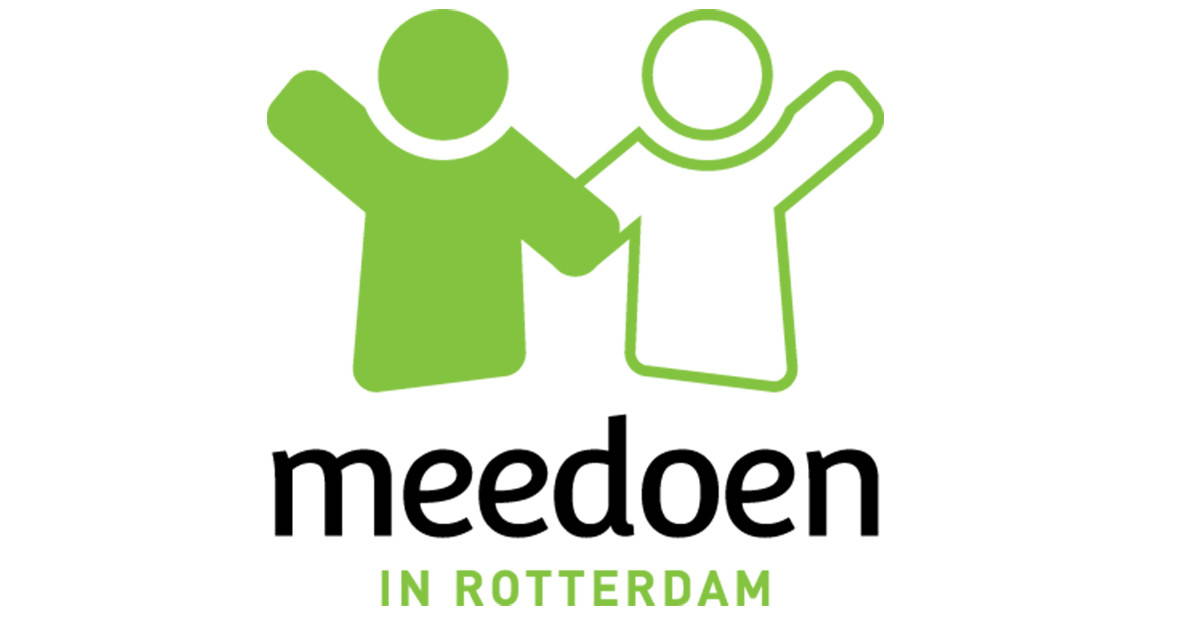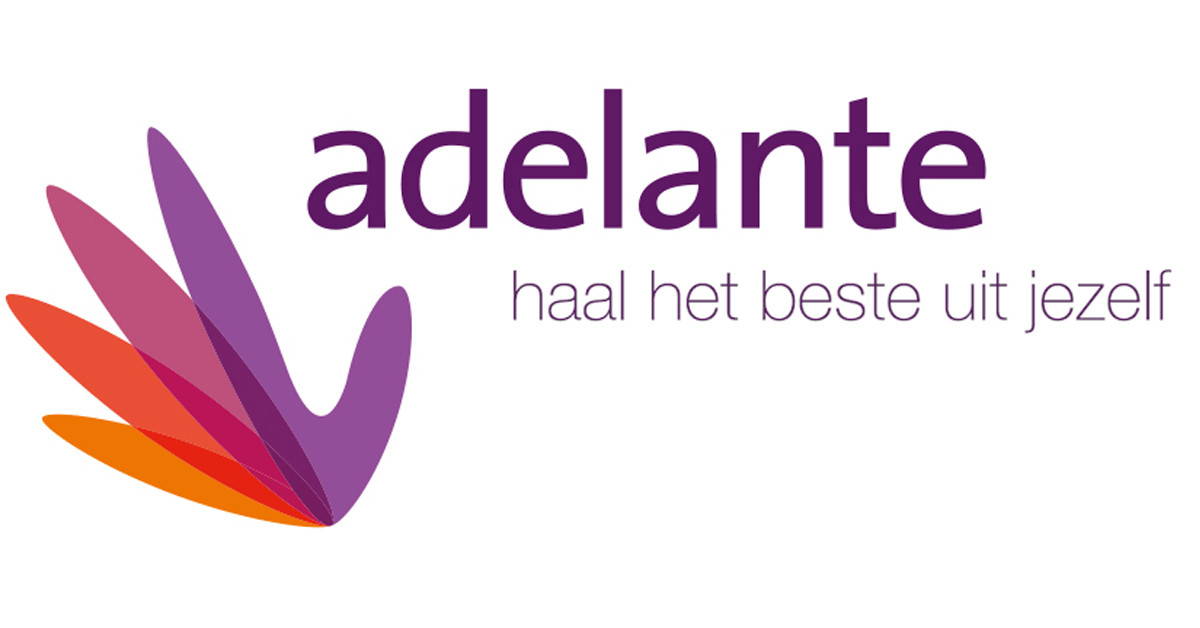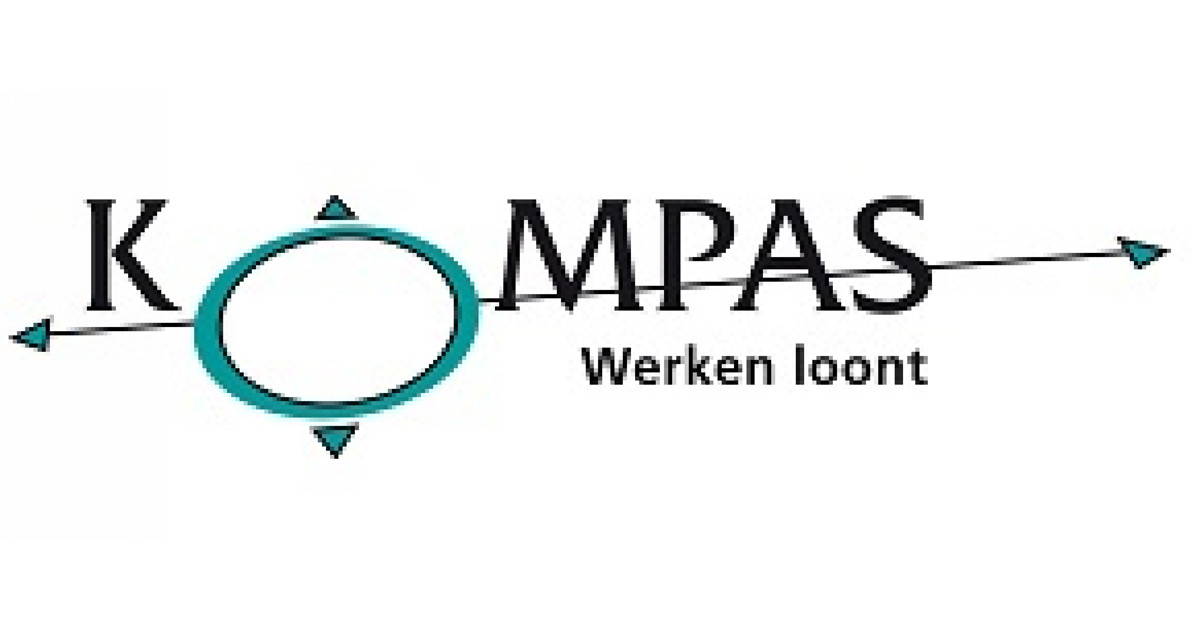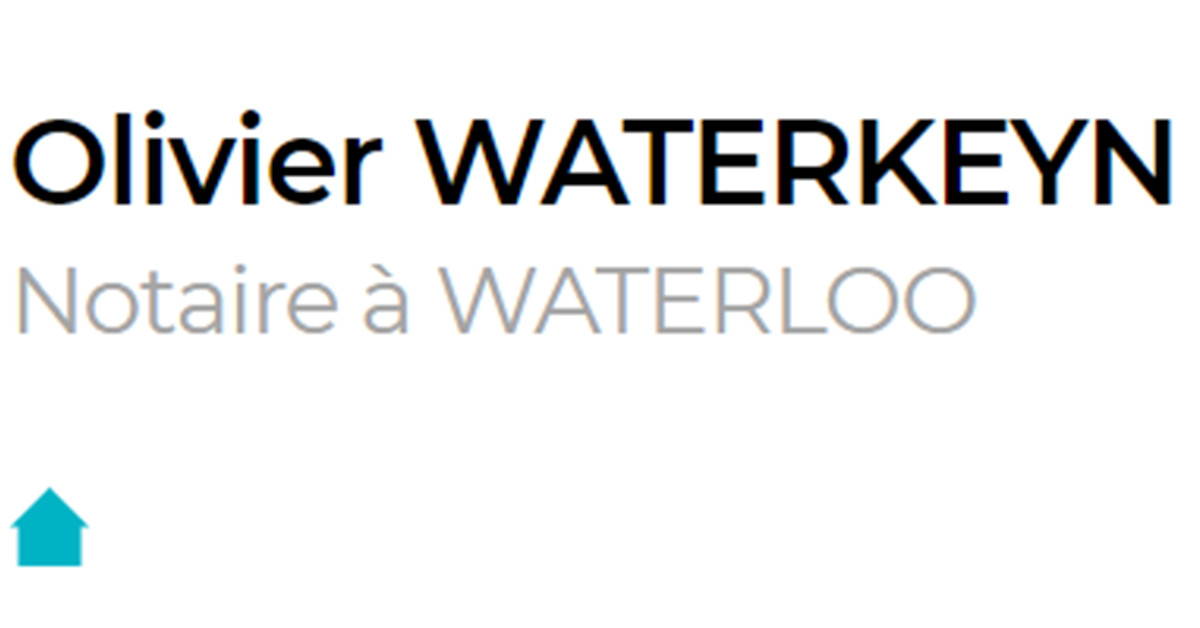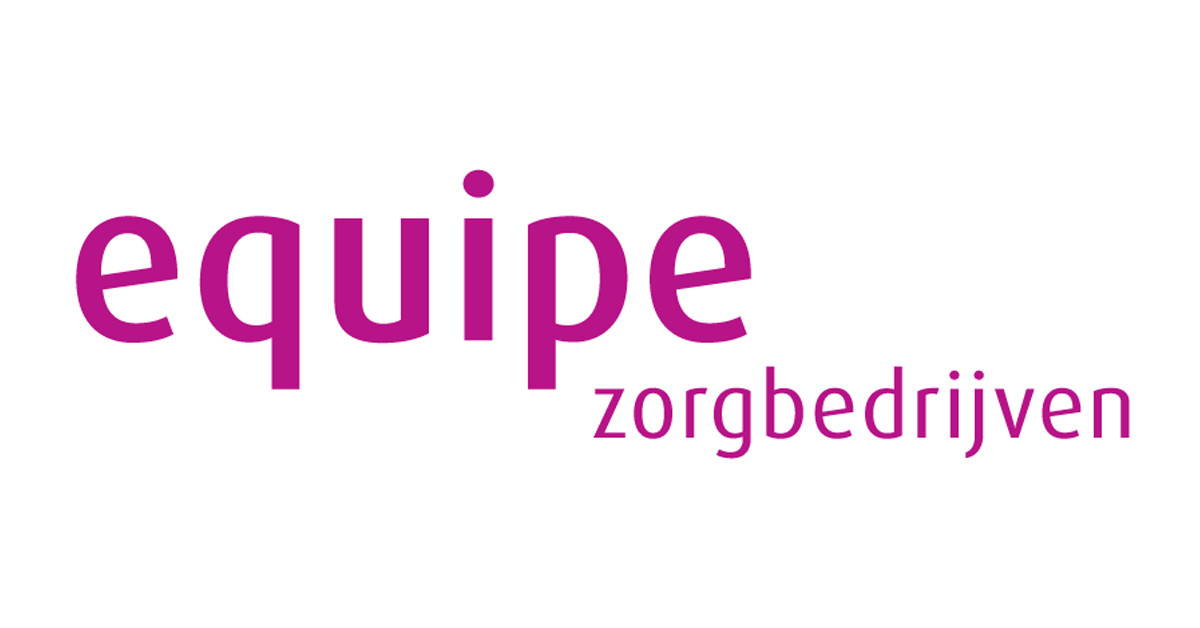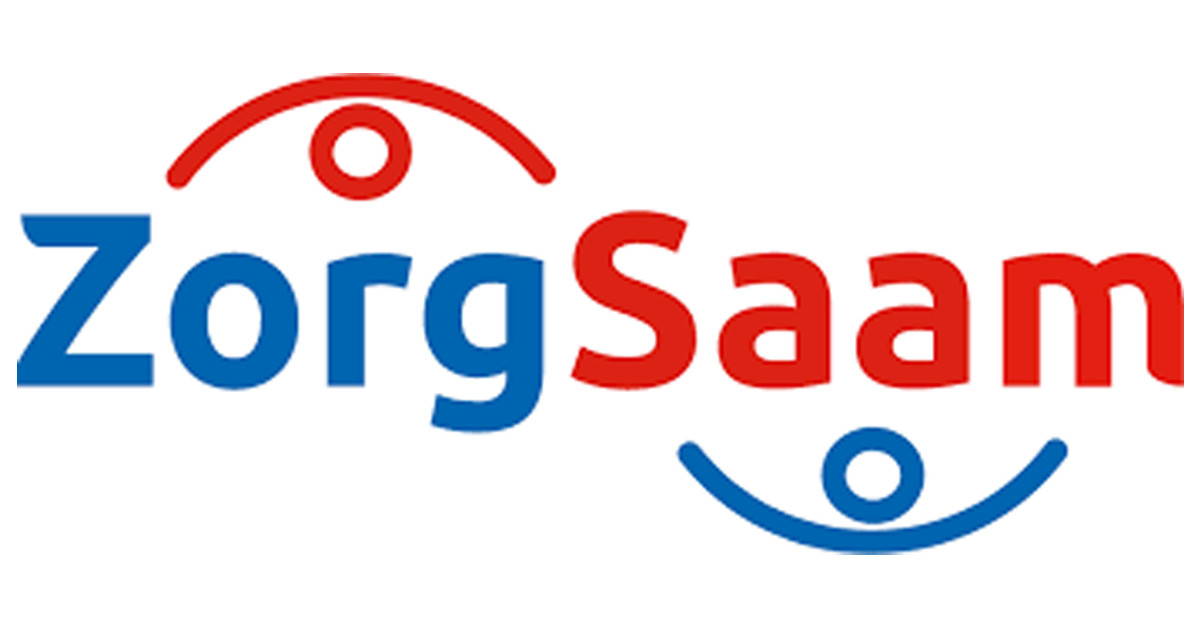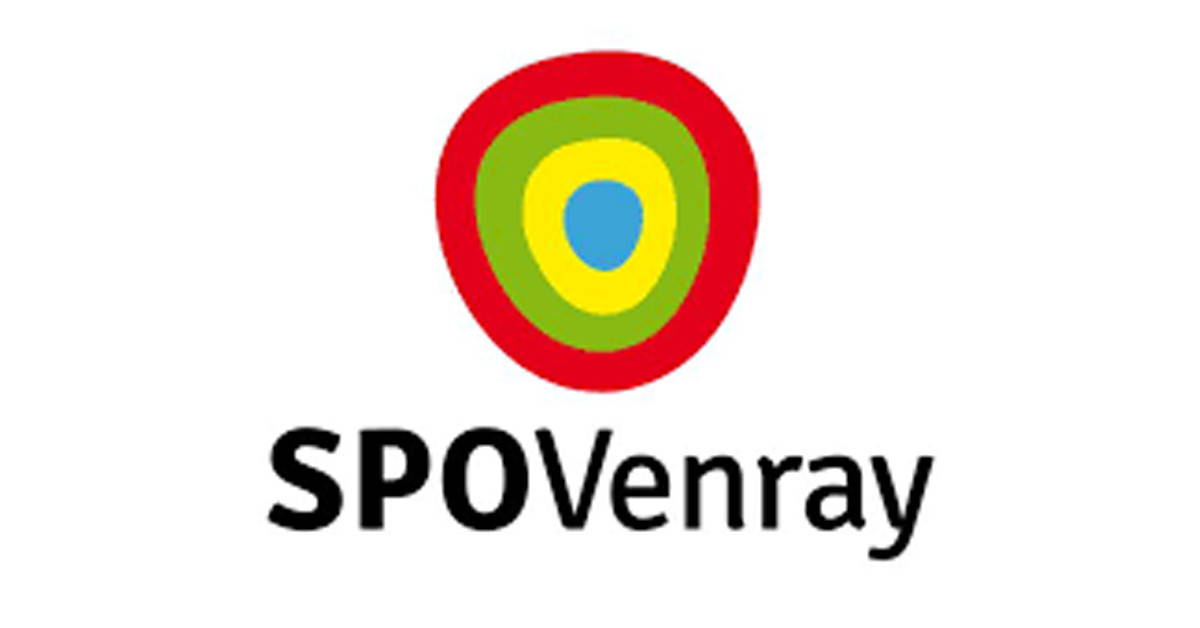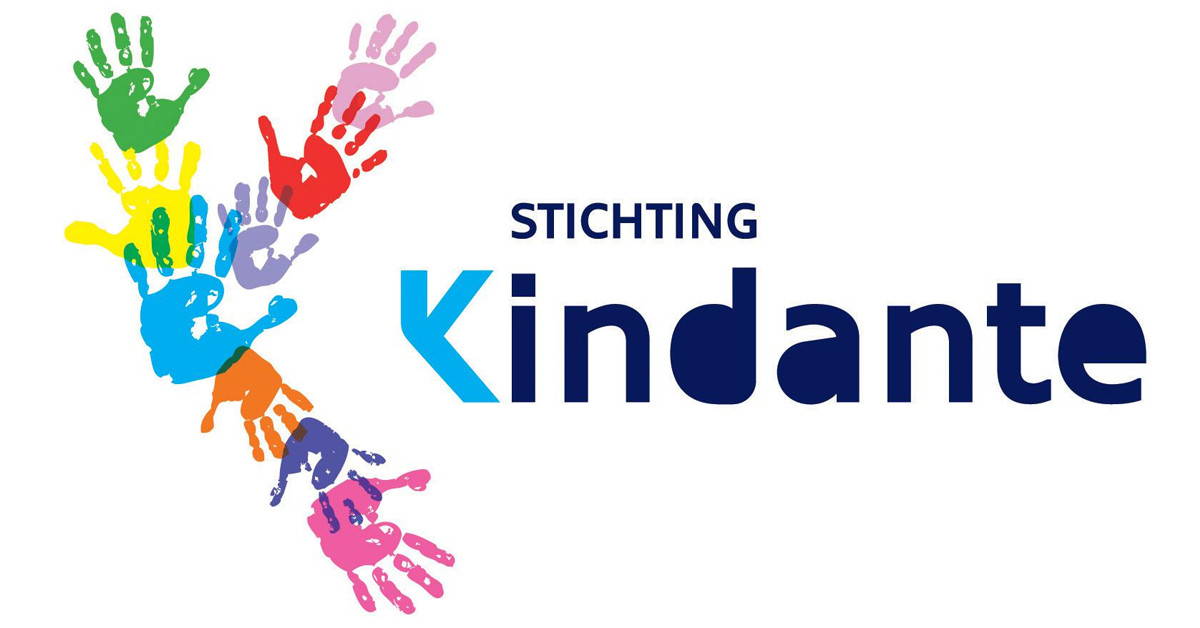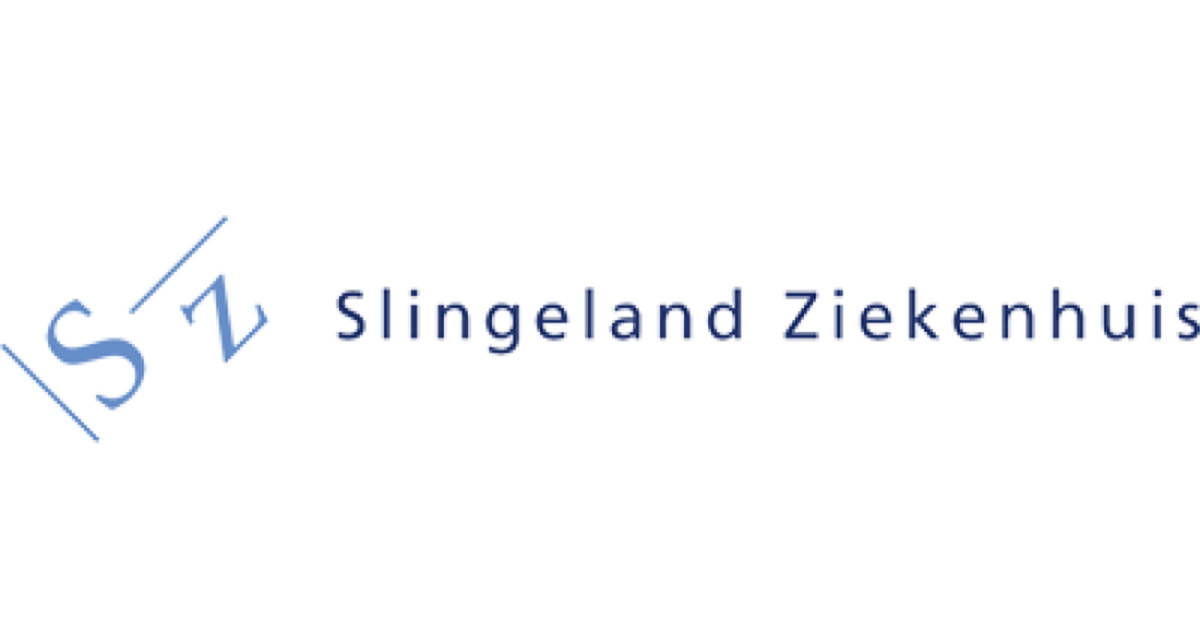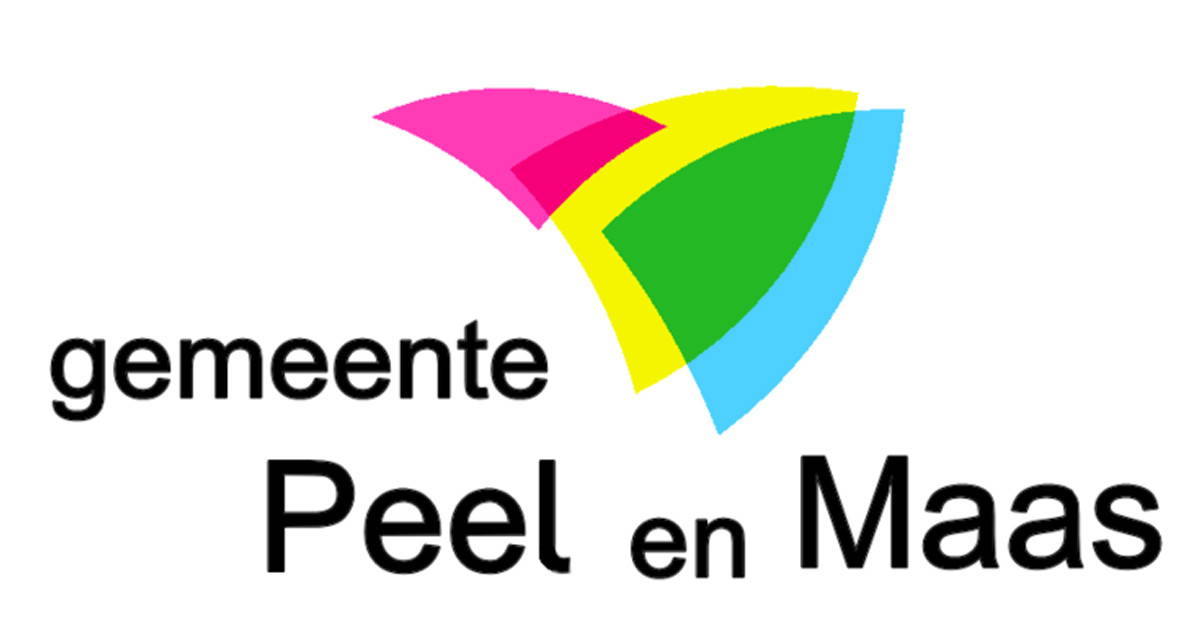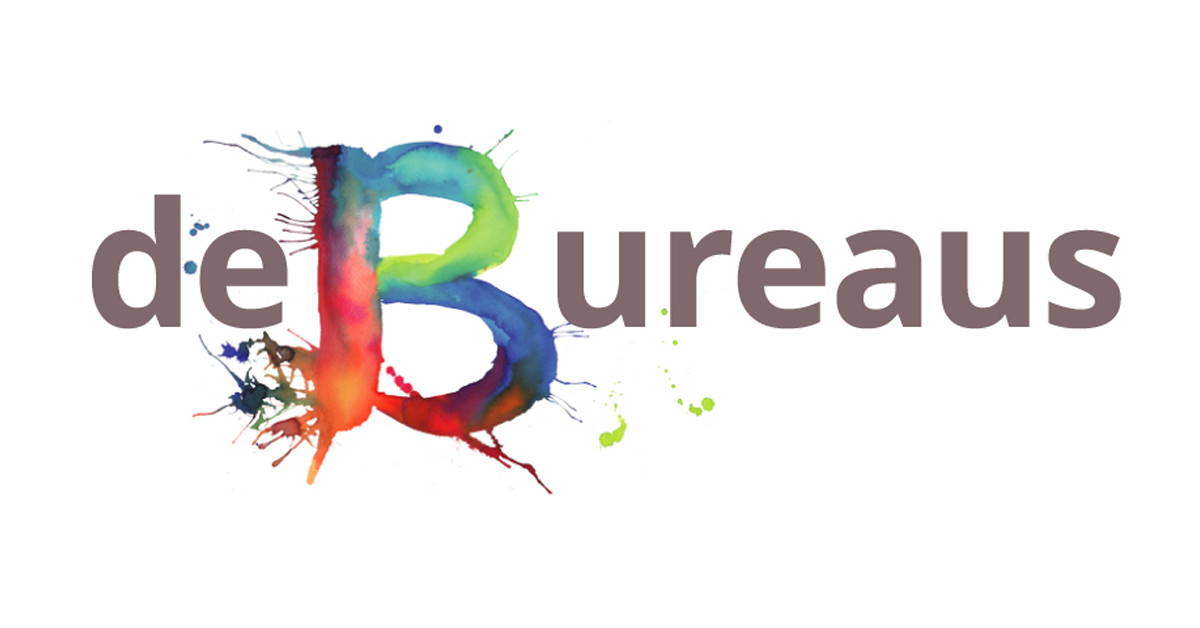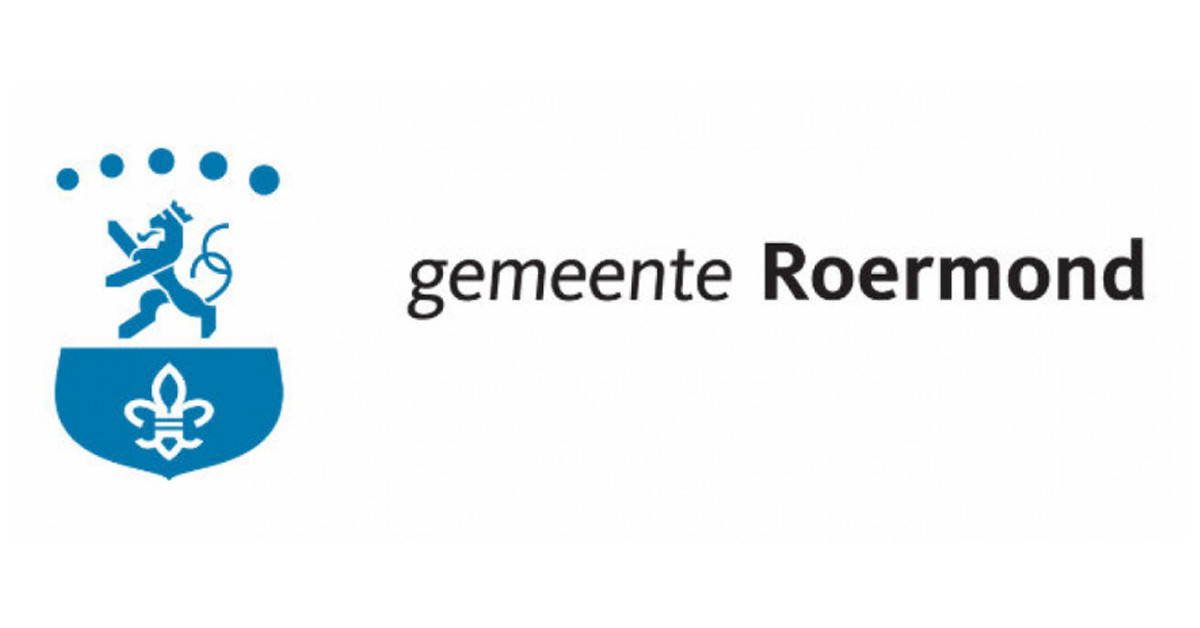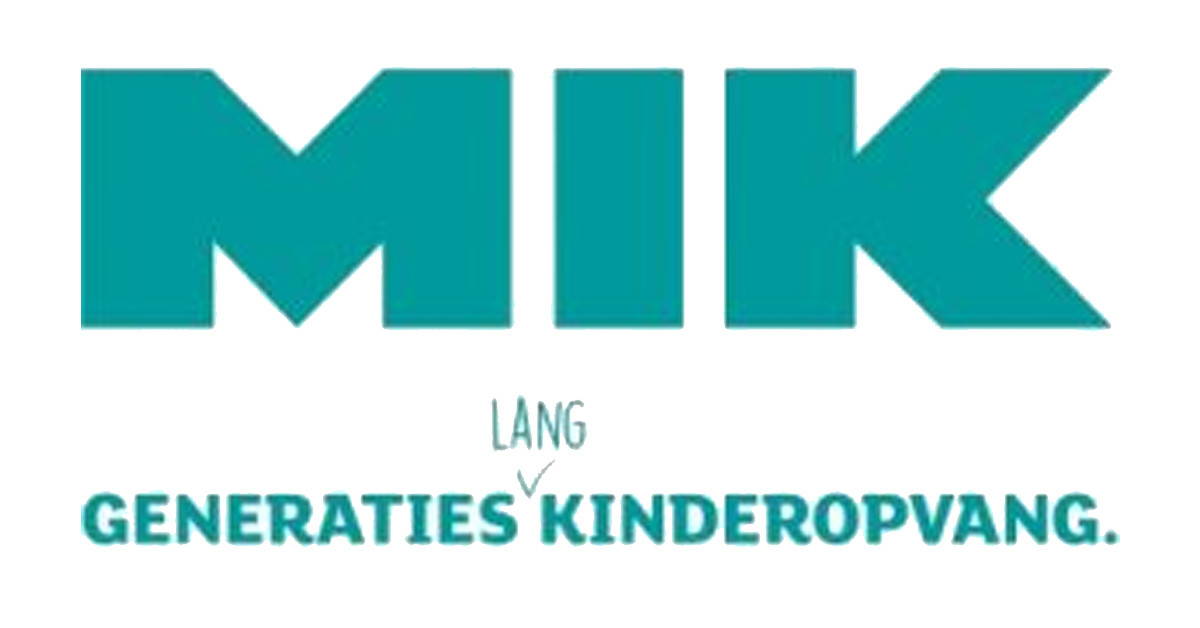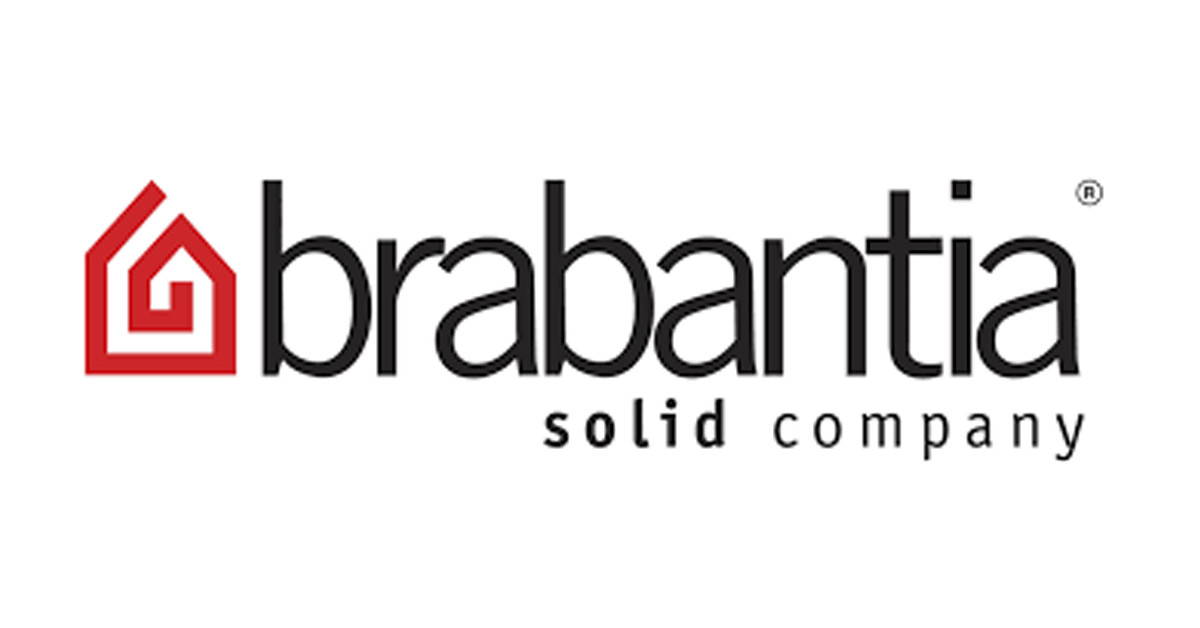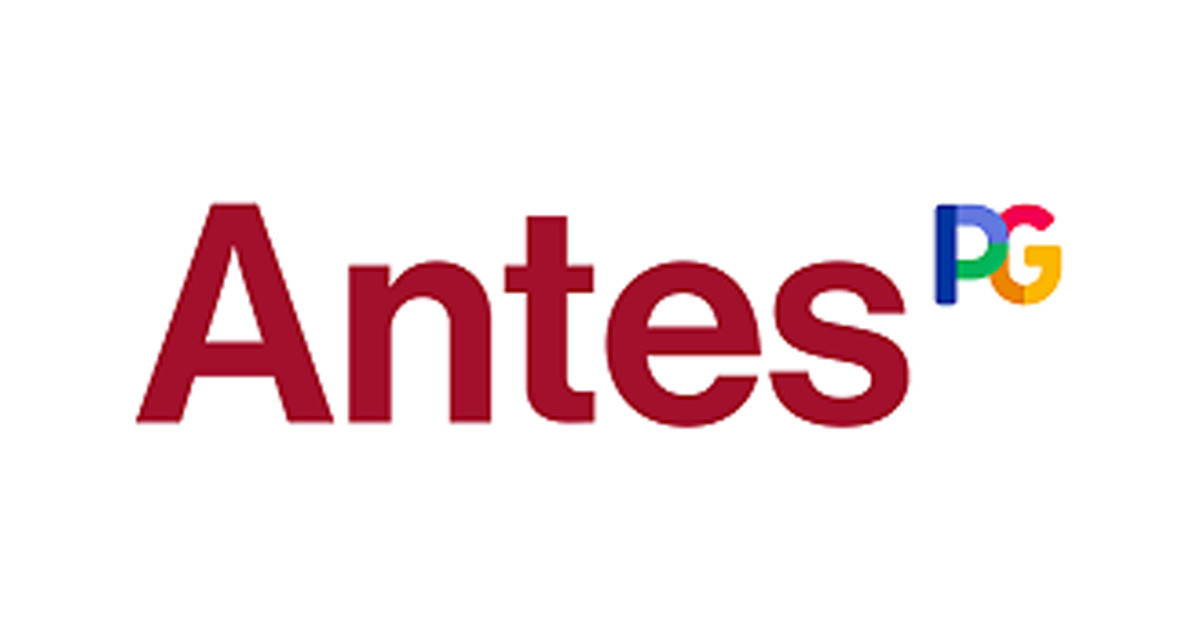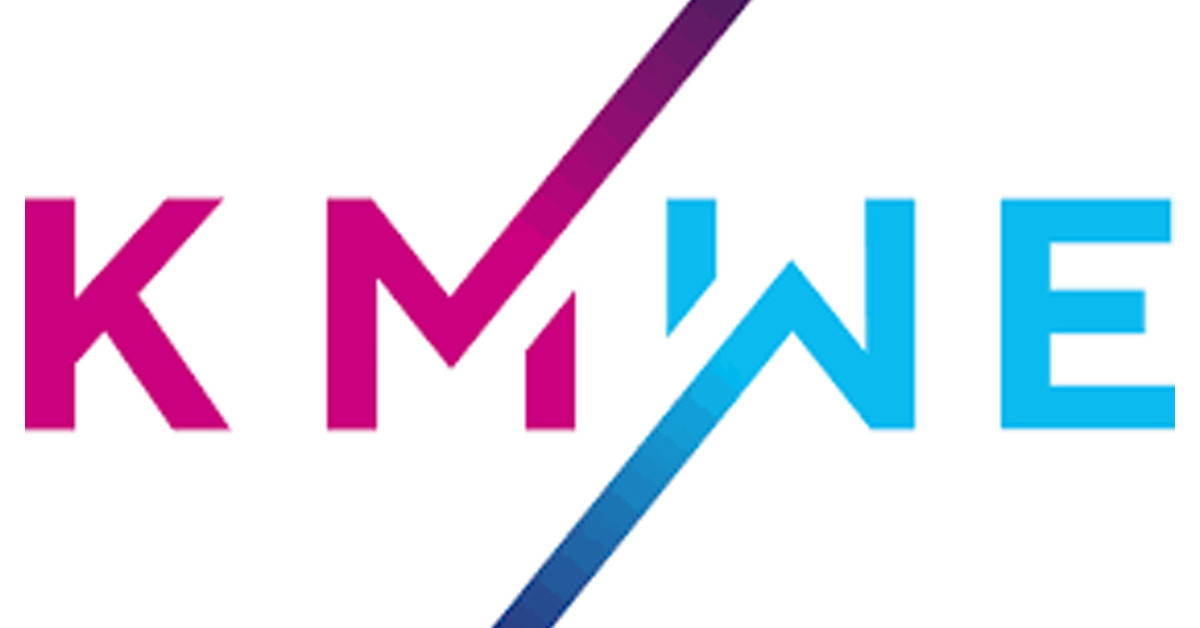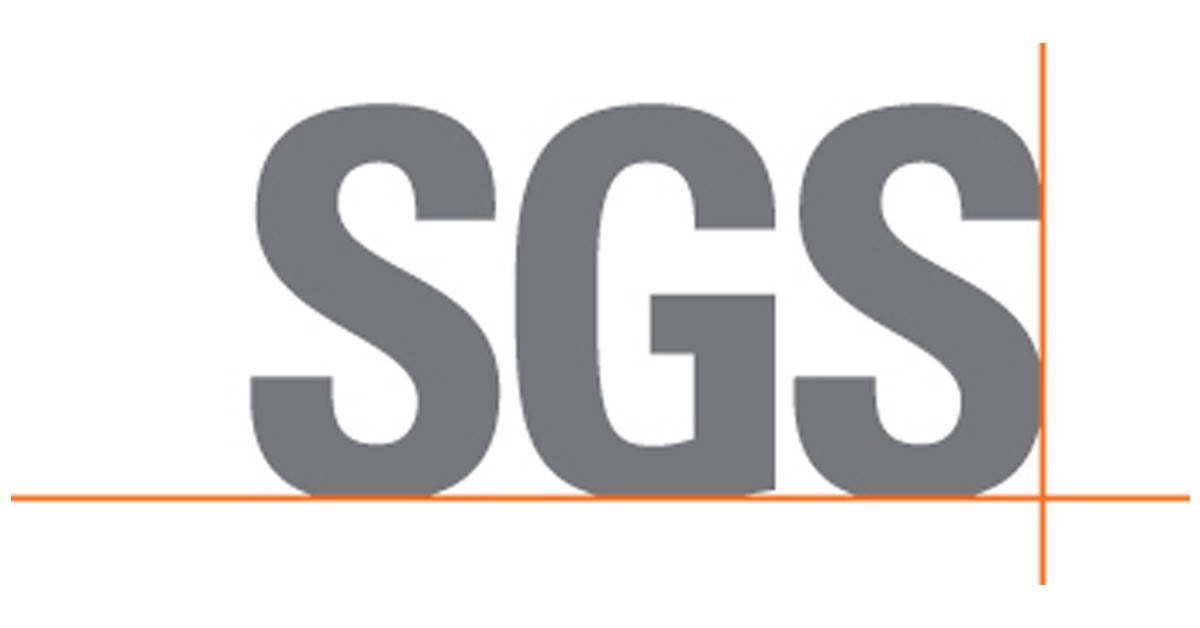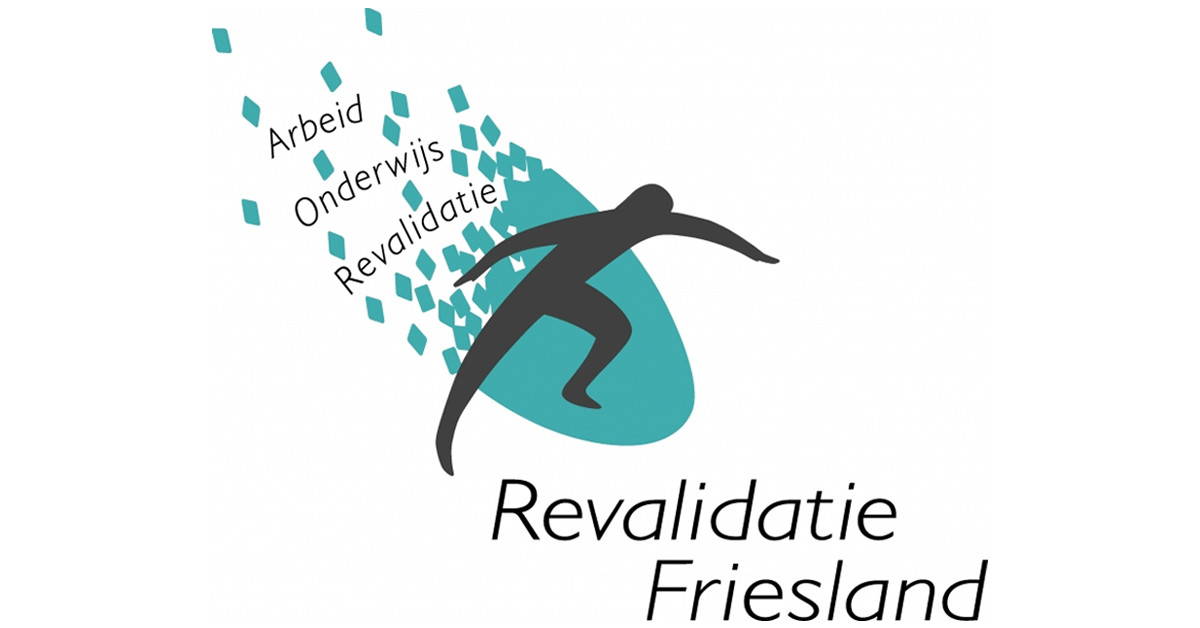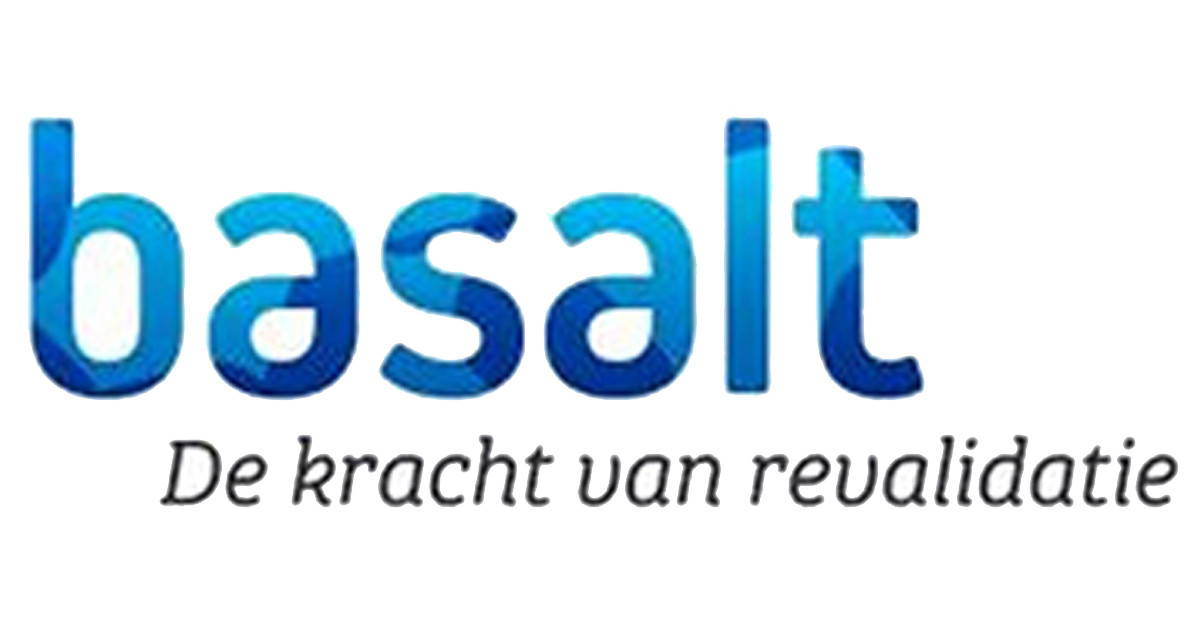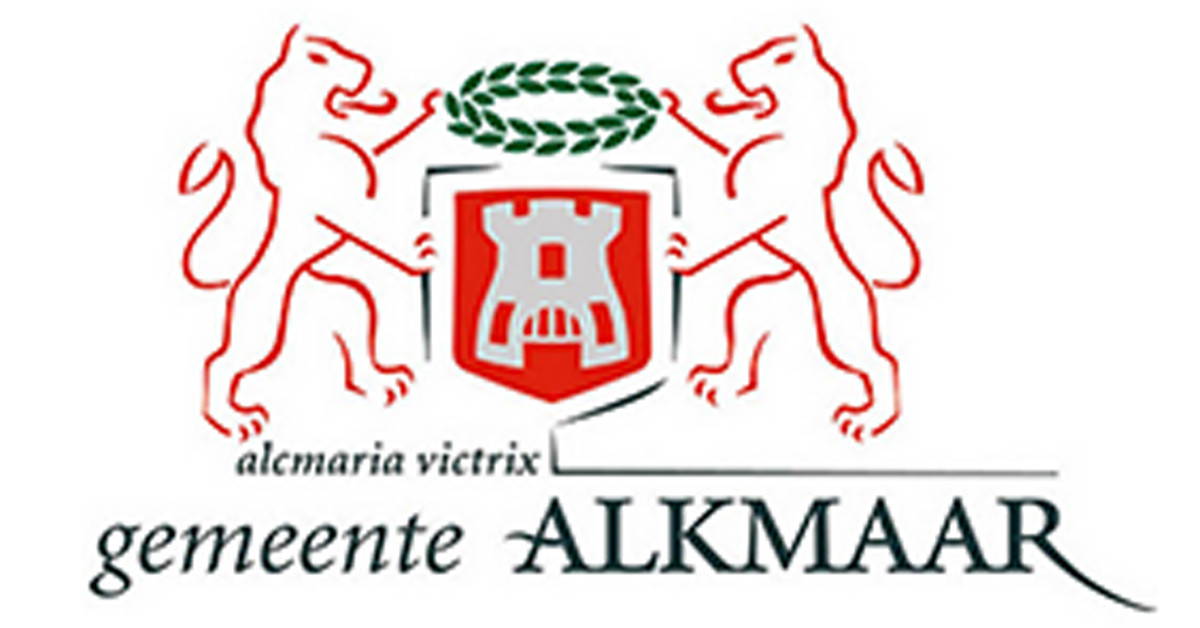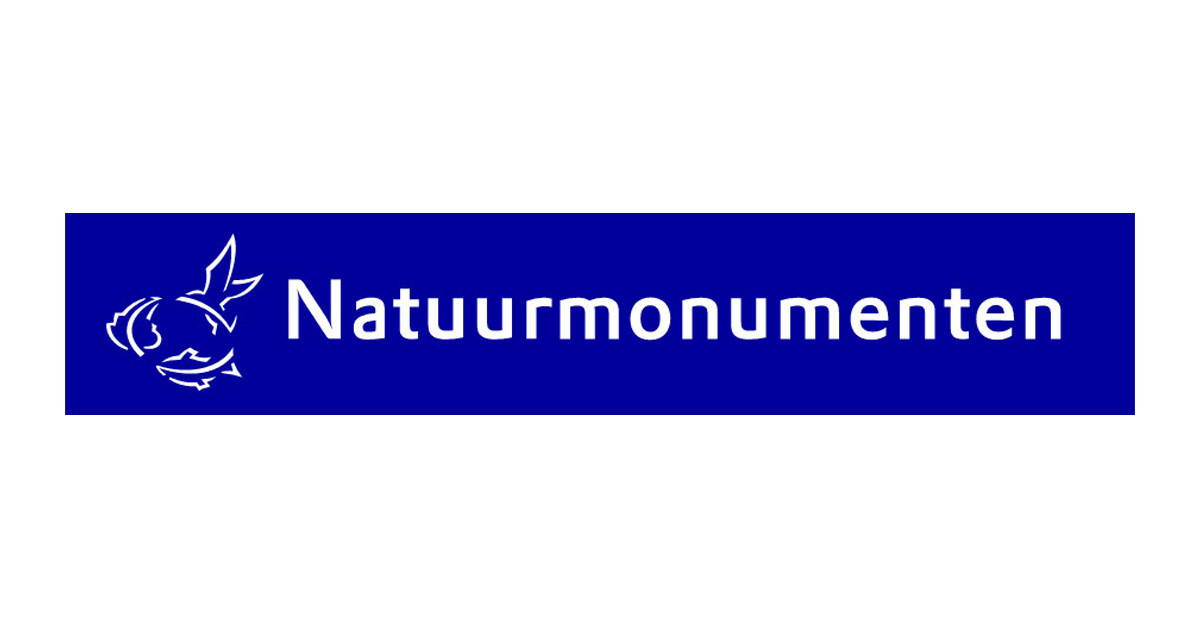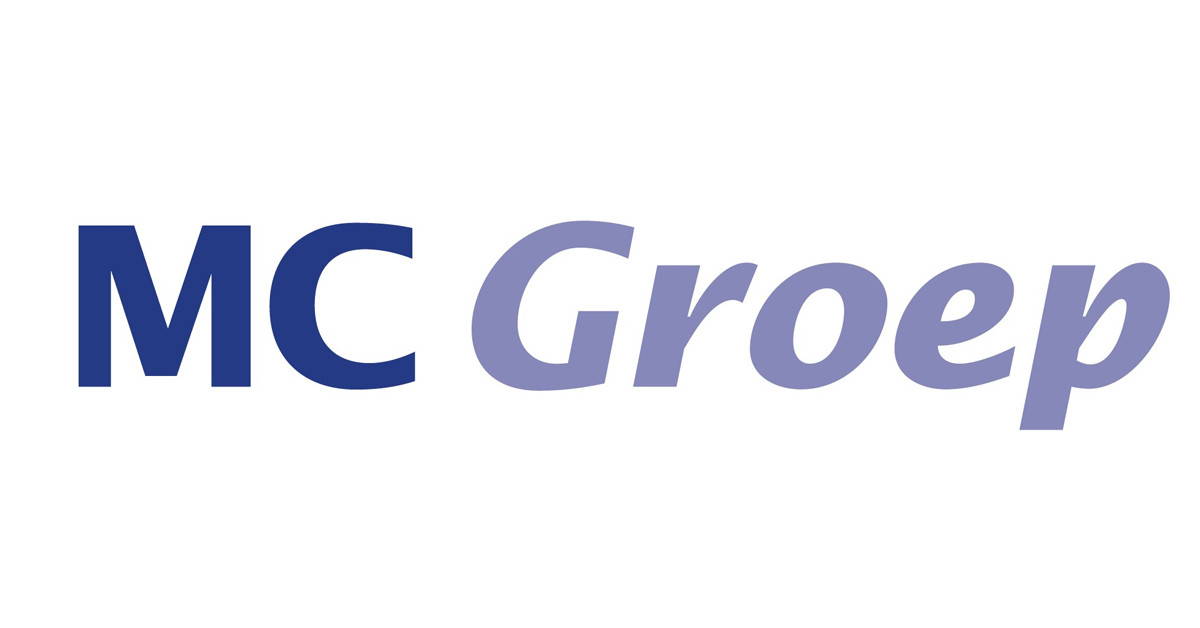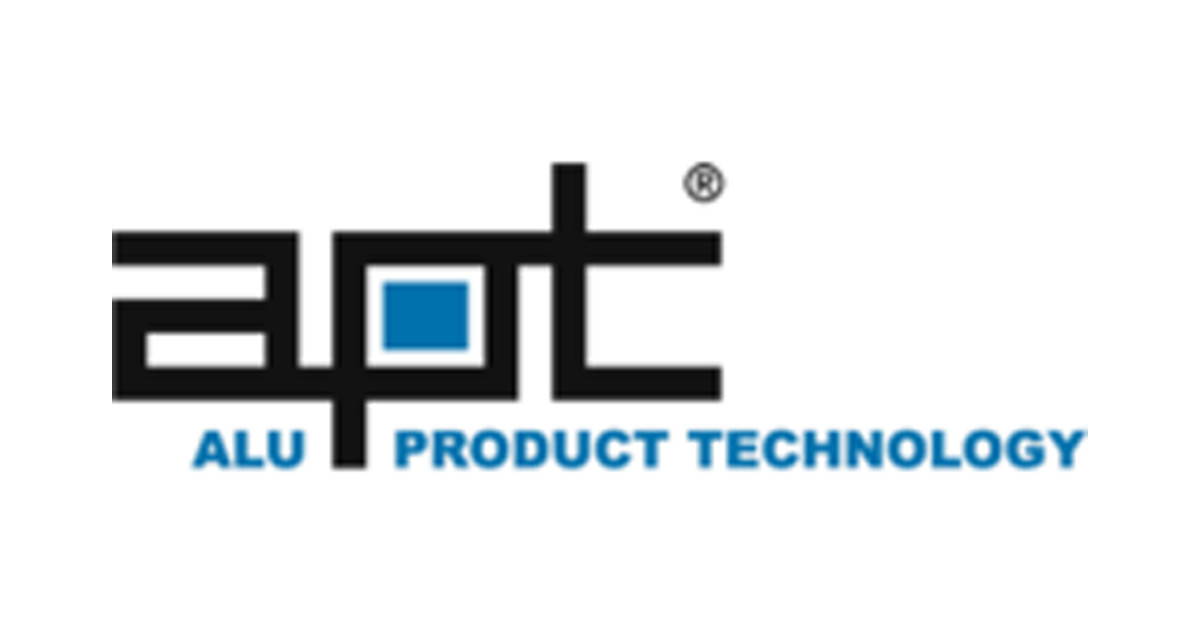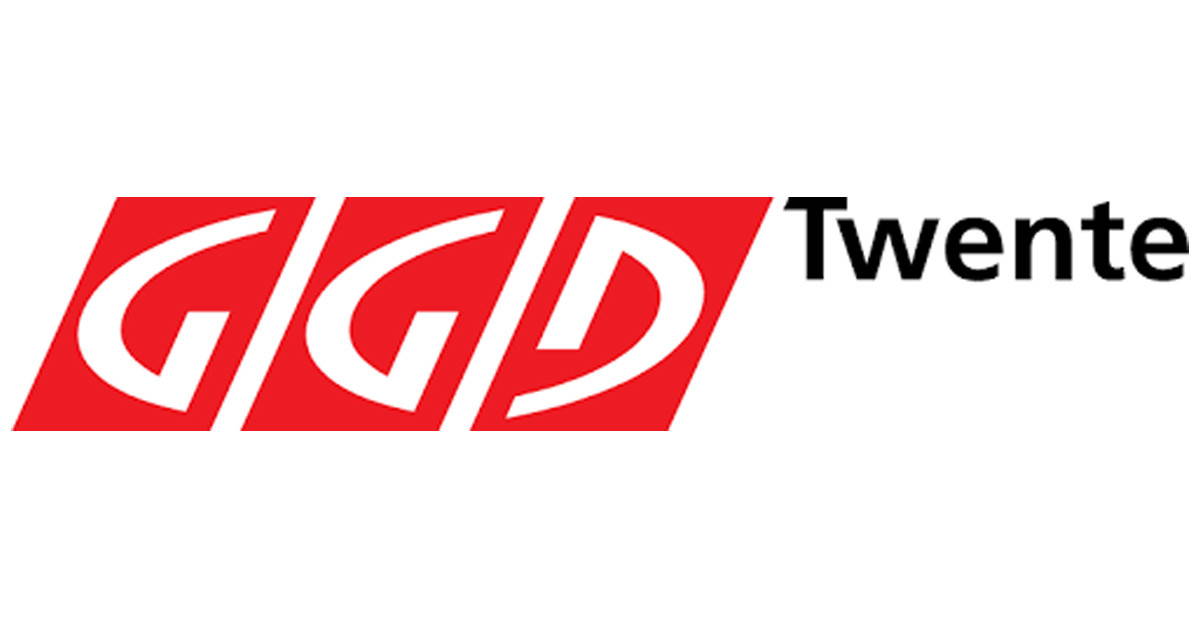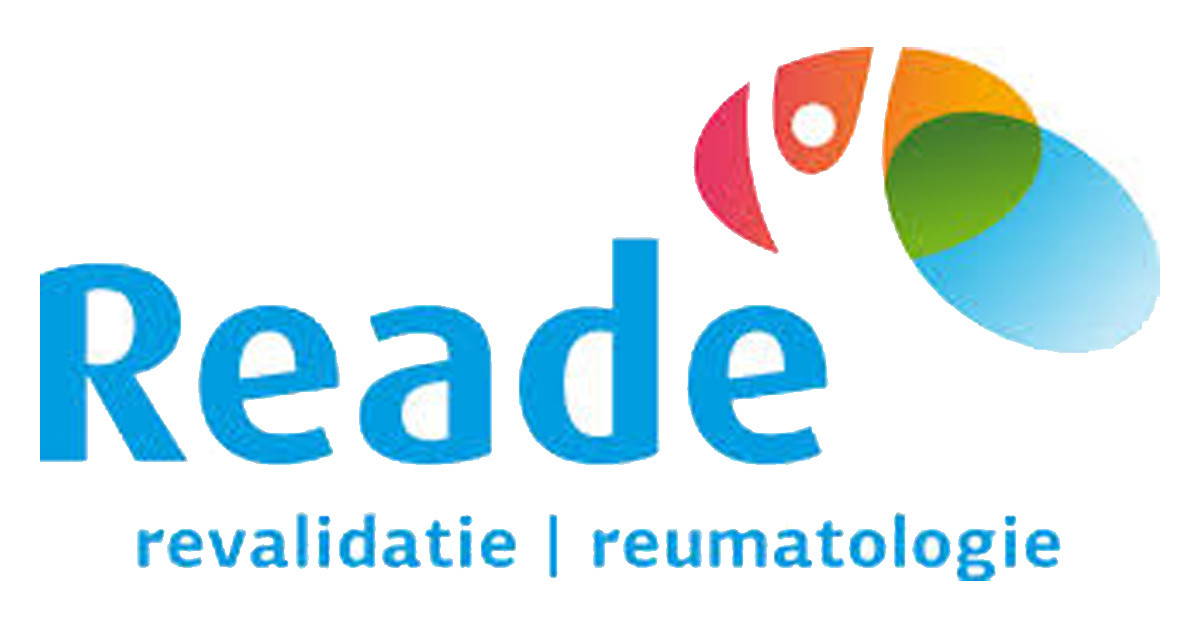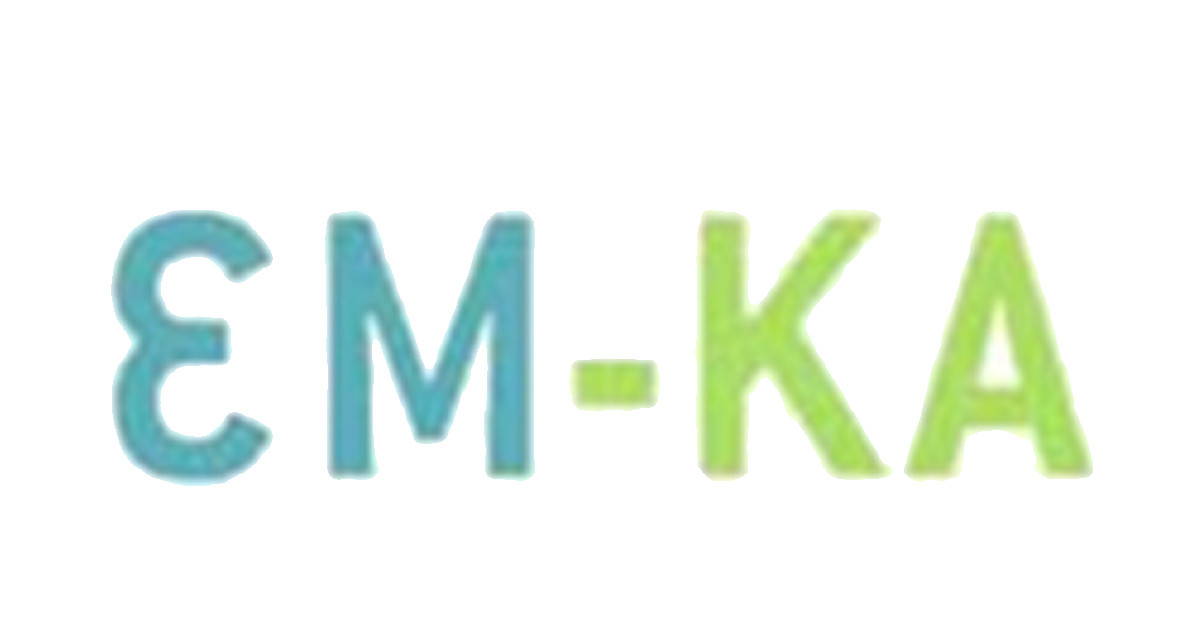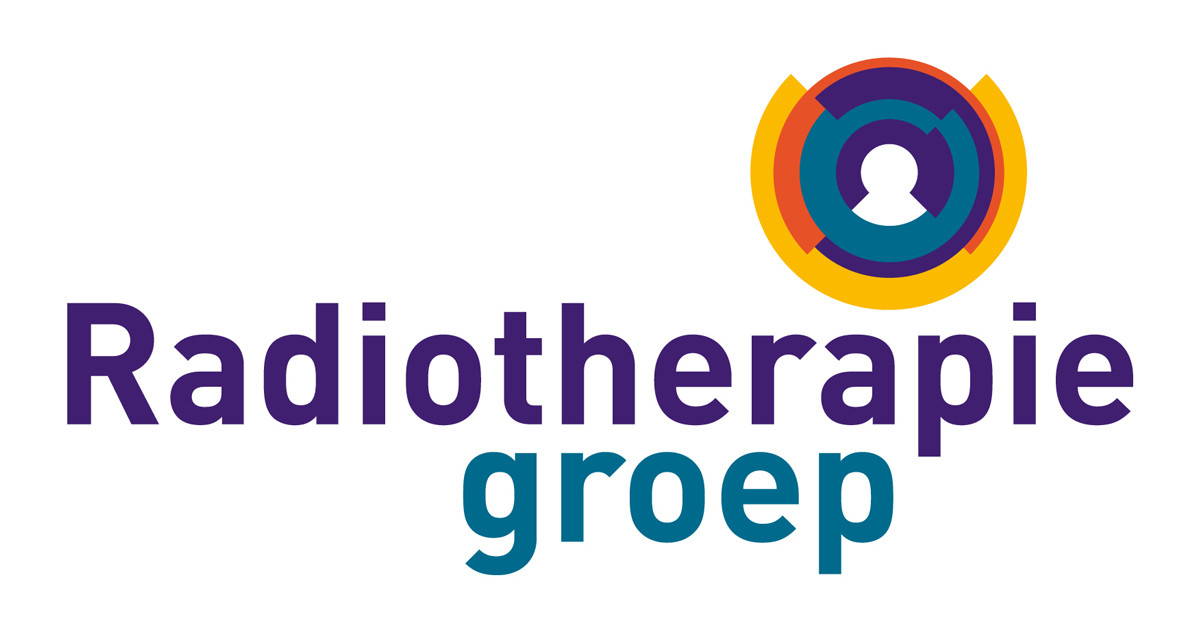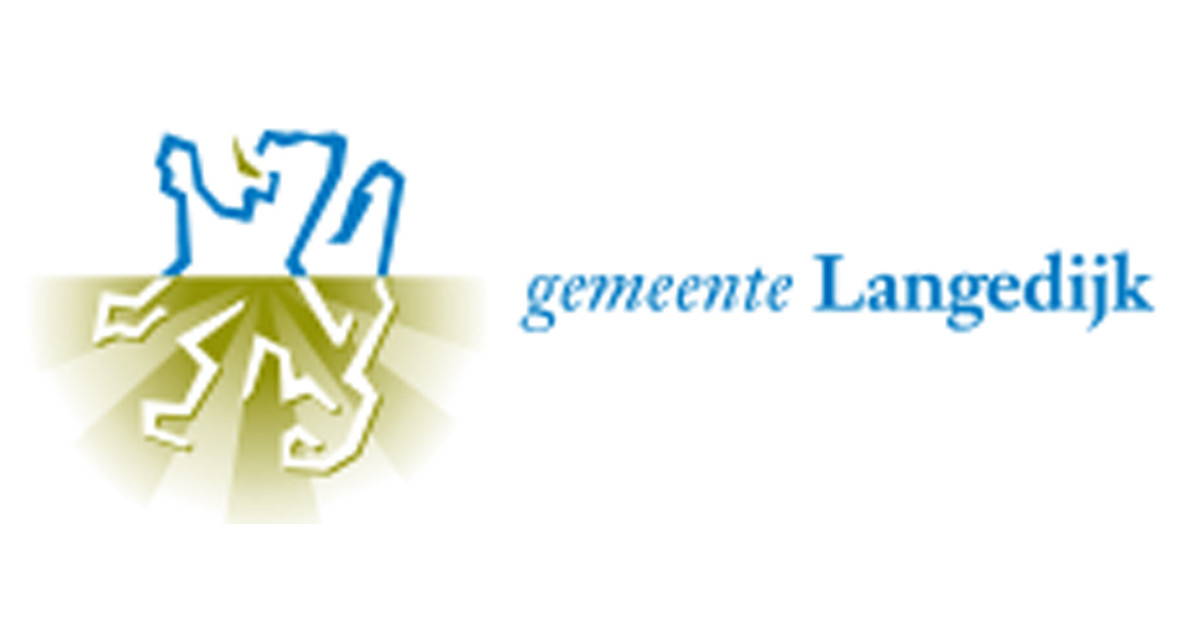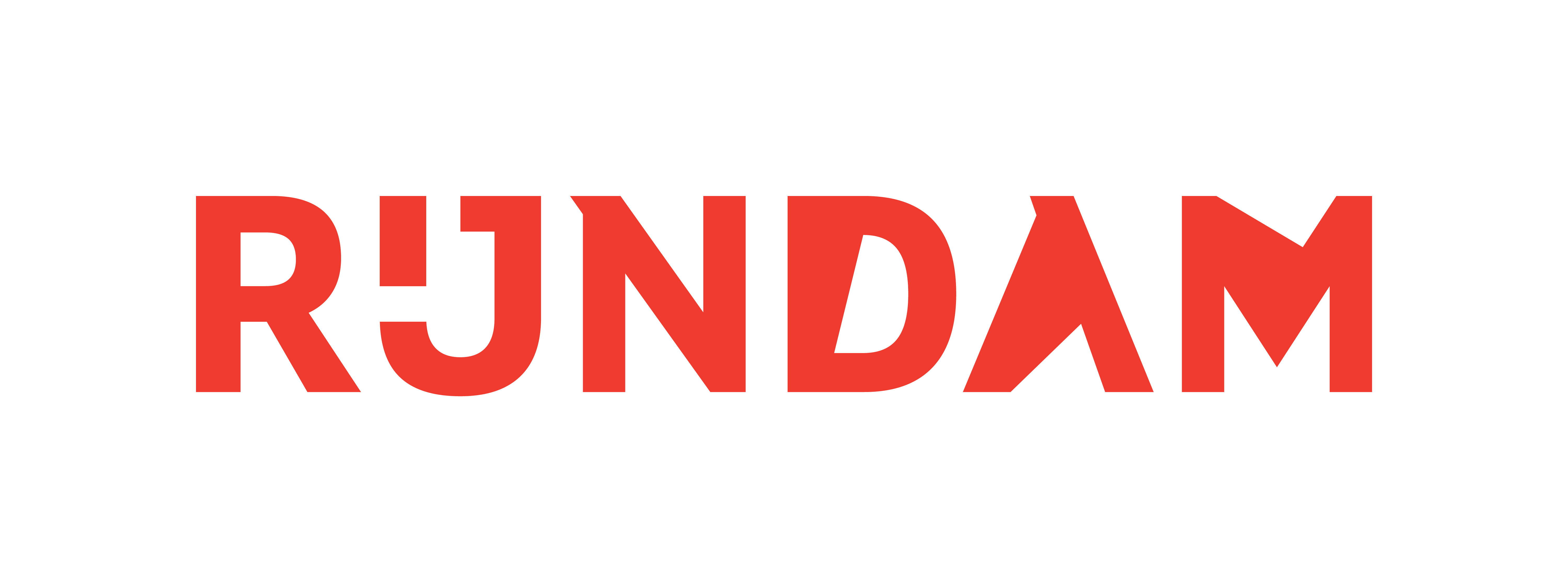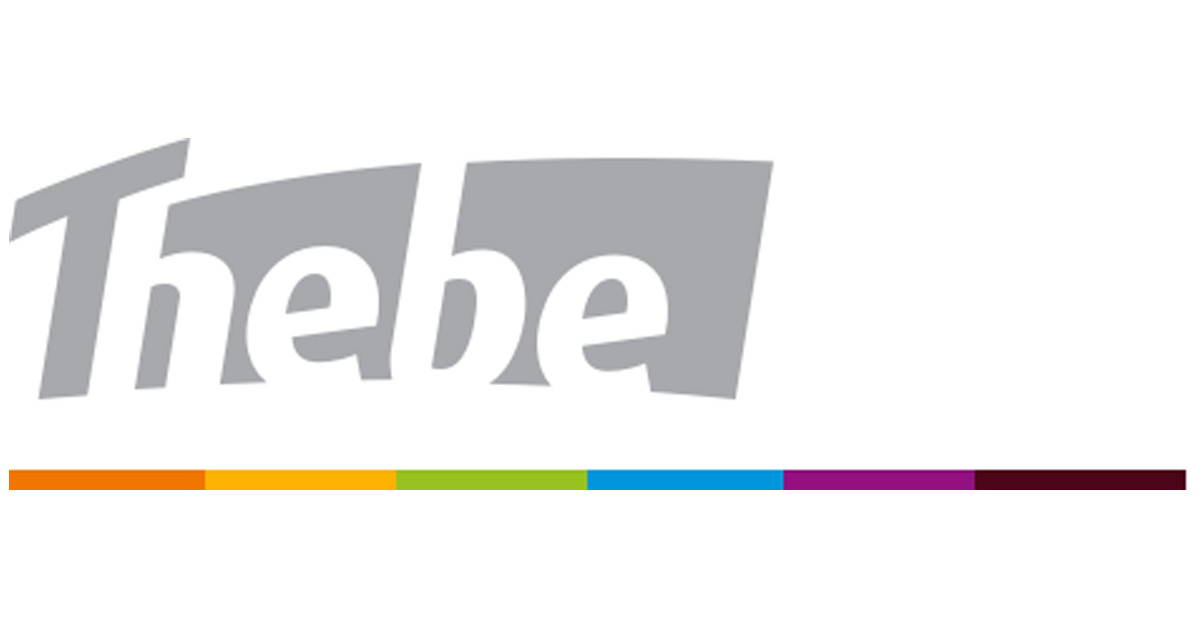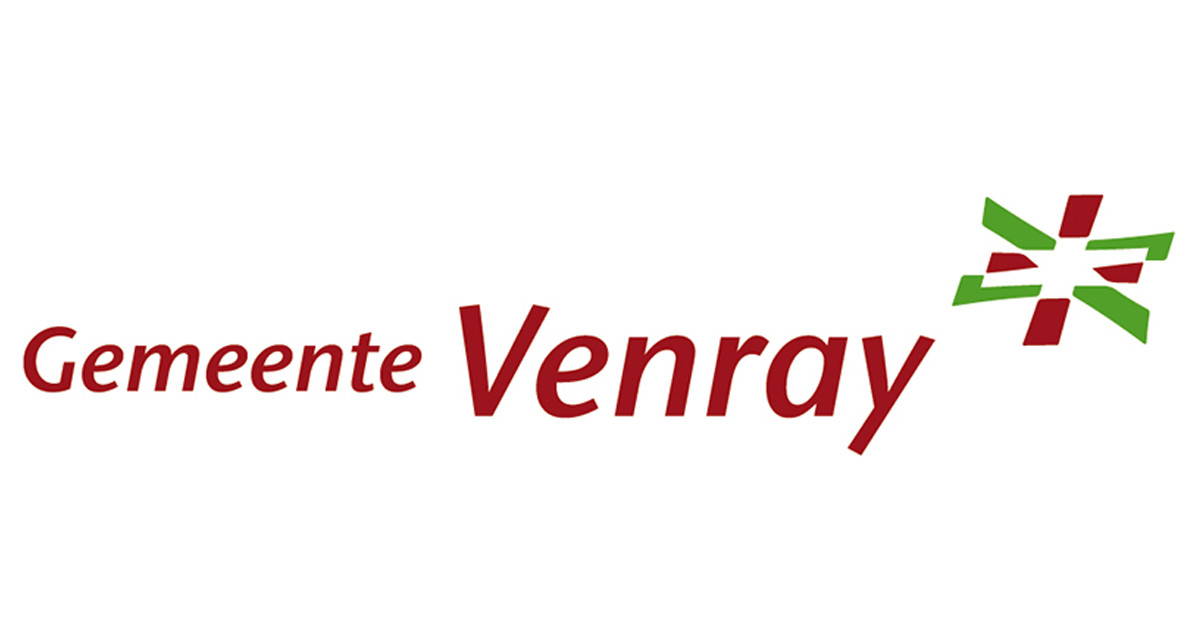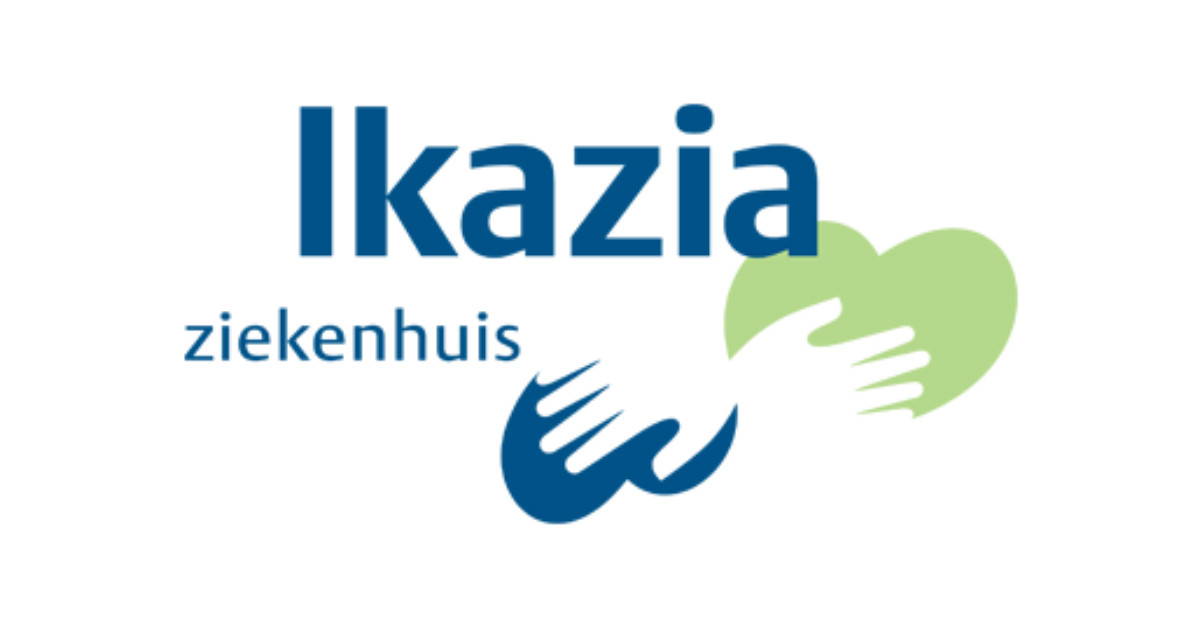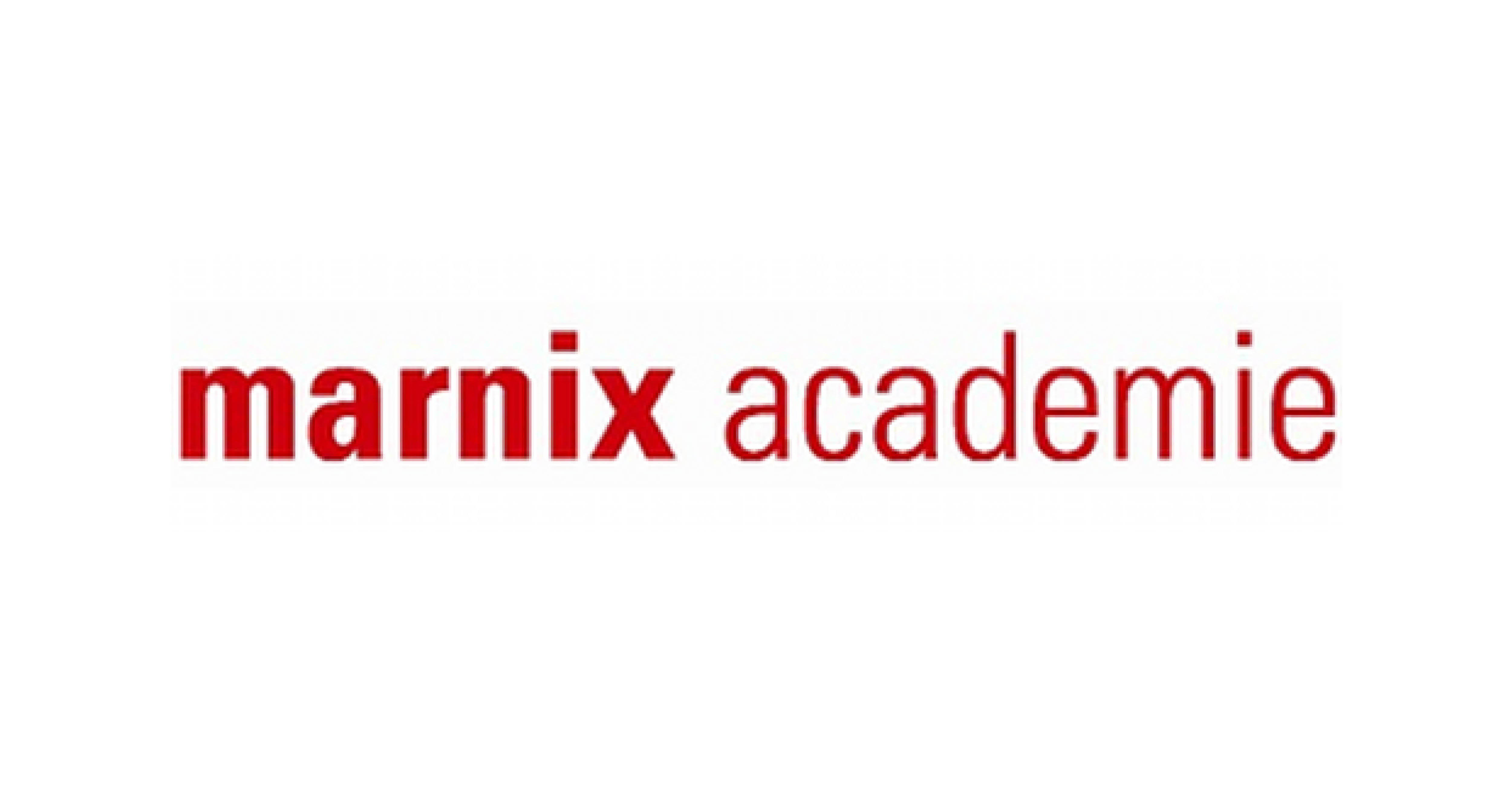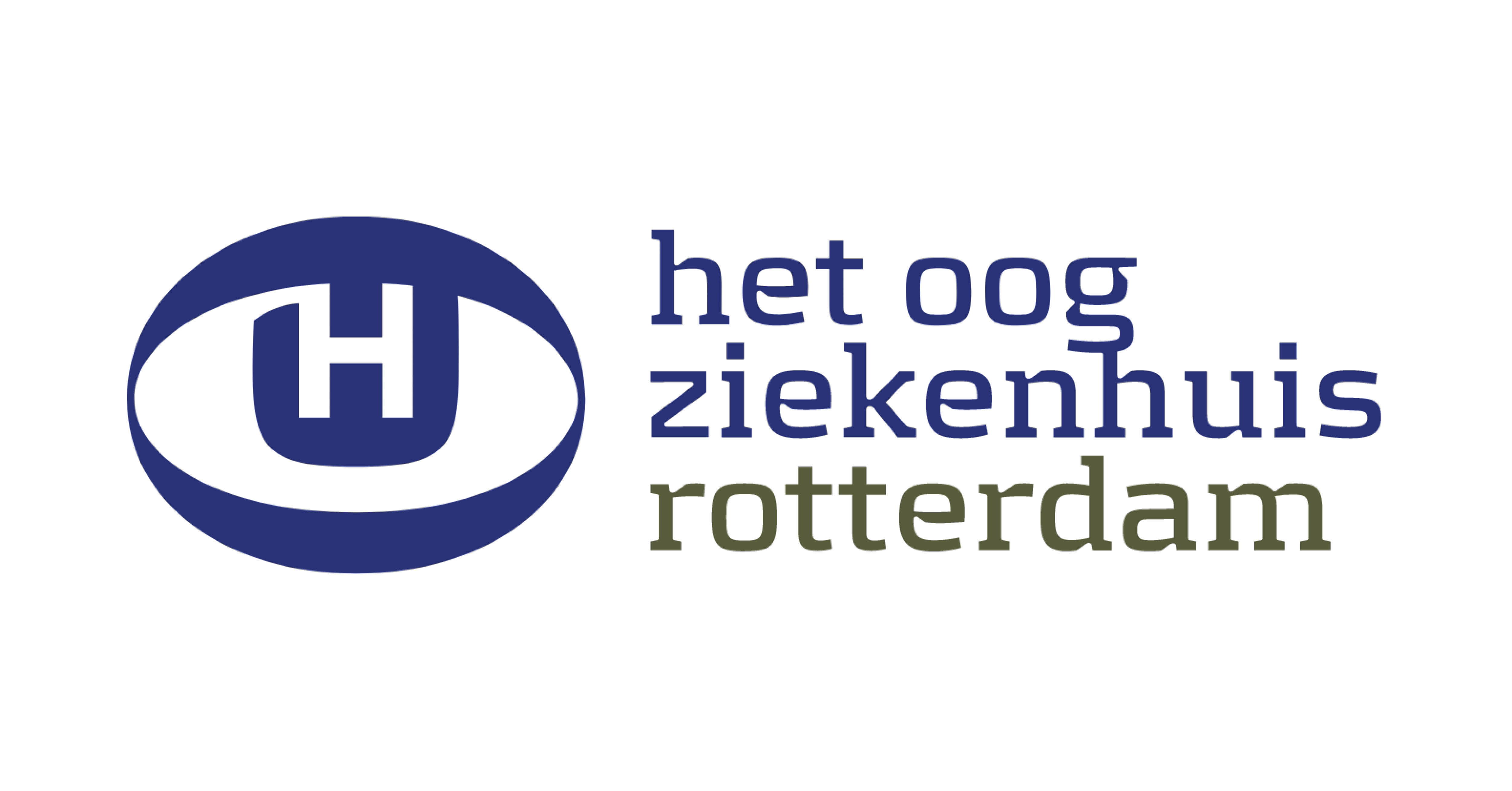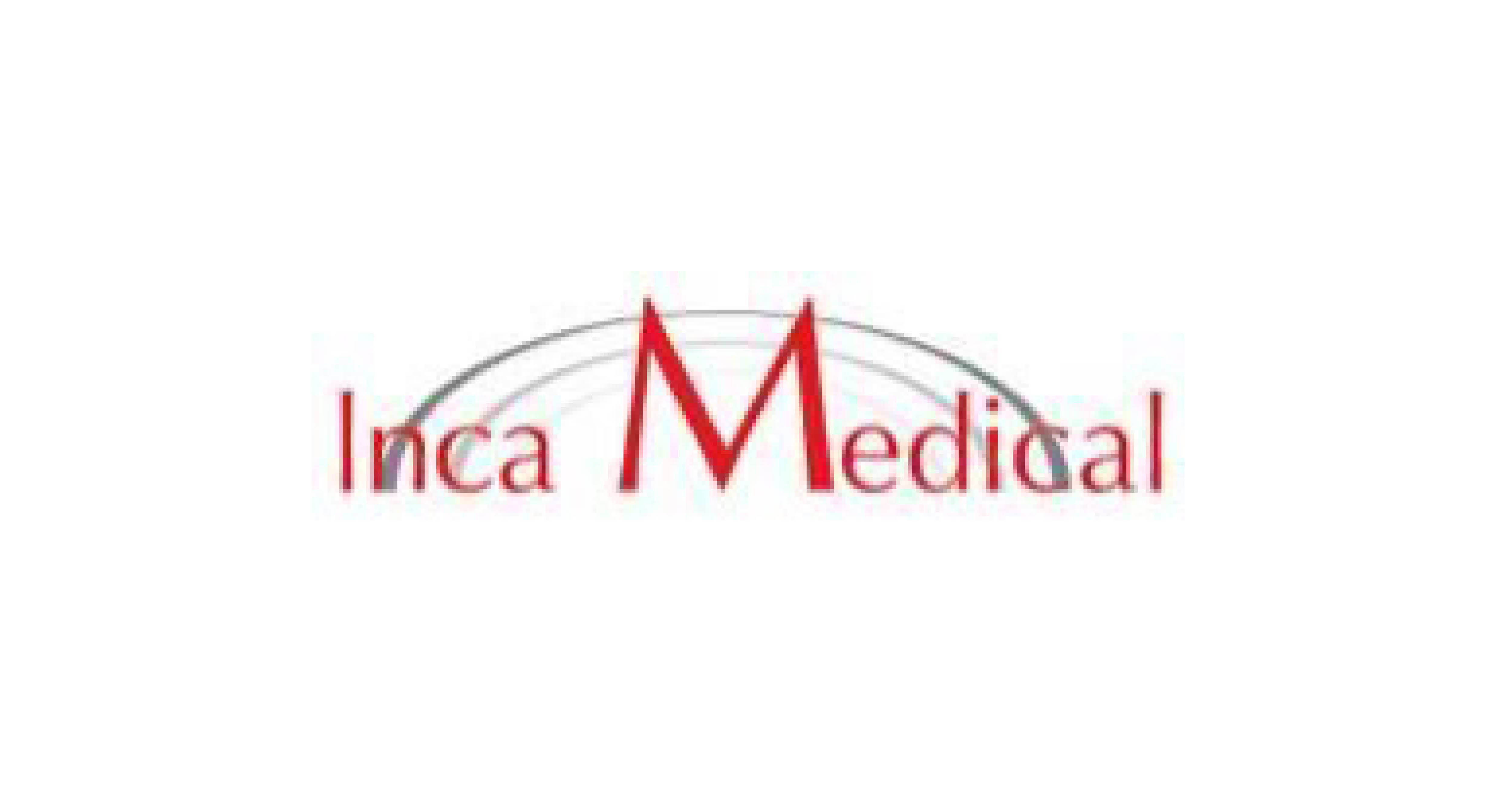Digital documents can be classified. This means that documents are automatically assigned to a document type. By working with classification, you can transform unstructured data into structured information. In this way, digital files are given the correct file name and can then be placed in the correct category. Insightful and advanced!
Classification
Wenn use classification?
Classification can be applied to digitisation projects or to documents that are already digital at source. We often encounter this with personnel files, where the layout of the digital file is not the same as the layout of the old paper file. By applying classification during the digitalisation process, the history is rearranged in full compliance with the new digital layout. Another example is construction files. With classification, the building files are categorised according to the various document types. Think of drawings, building plans, correspondence and so on.


The process
For classification, an experienced consultant will look with you at the document types and the layout. The process can be roughly divided into the following steps:
- Inventory of number and types of documents.
- Software training & setting up the recognition of document types.
- Training day at Archive-IT location with a pilot project.
- Adjustment and completion of the training data.
- The bulk project is fully classified.
- Any dropouts can be manually classified afterwards.
Advantages classification
The advantage of classification is that you can easily create categories in your documents. This improves the overview, fits better with your current working methods and simplifies searching. Because documents are classified at document level, it is also possible to link individual retention periods to a specific document.
Archive-IT will be happy to discuss the classification of your digital documents with you!

Interested?
Fill in the form and make an (online) appointment with one of our employees. Other questions? Request more information here.



